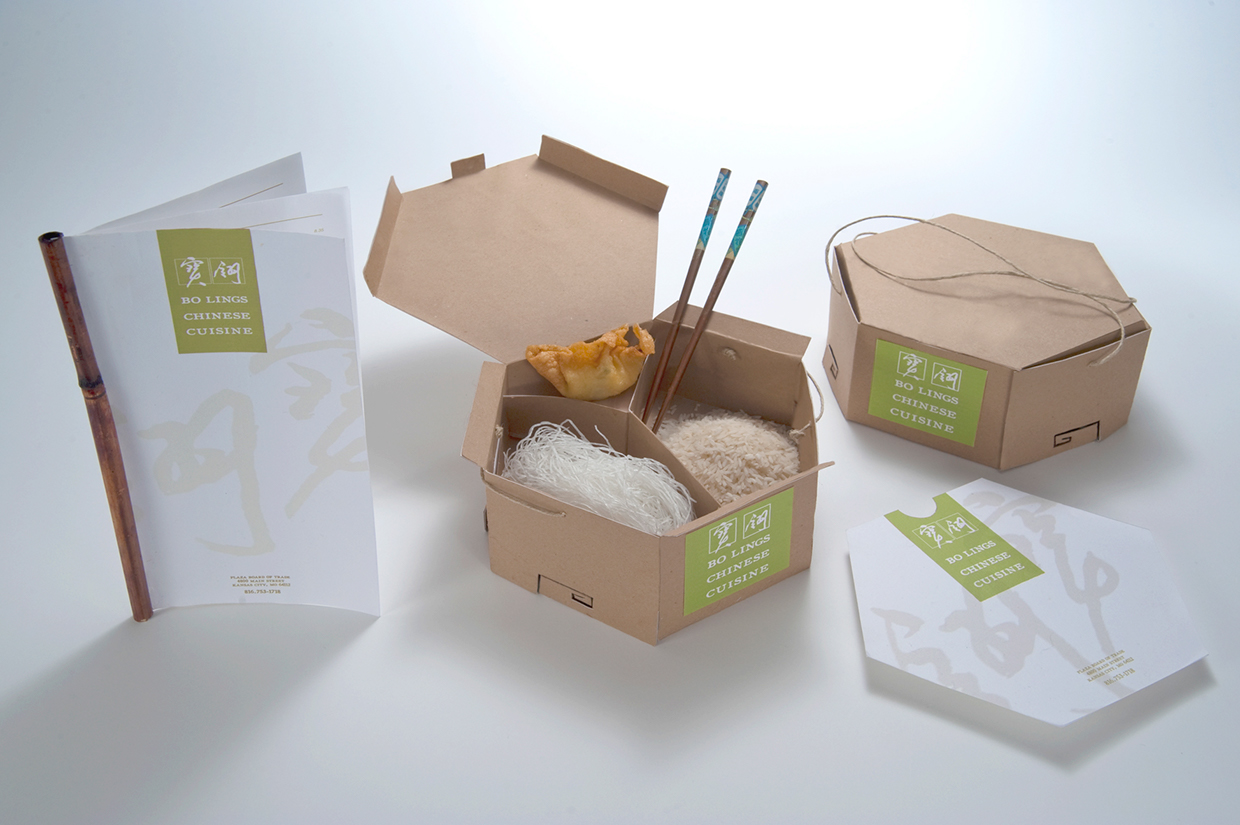10 Cool Sustainable Packaging Concepts
Sometimes great logistics are less about getting your products to your customers and more about what you wrap your products in. While the old adage about not judging books on their covers may be true when it comes to literature or a house with poorly maintained siding, the same can’t be said about bland packaging. In fact, now more than ever, retailers big and small have been taking the opportunity to transform their packaging into creative brand statements while cutting down their carbon footprints at the same time. But what exactly is sustainable packaging?
According to Packaging World, while a 100% sustainable package simply isn’t possible (even things that are completely biodegradable still require energy and materials to create), the goal is “to make incremental improvements over time in the sustainability of a package to reduce its overall environmental impact.” Regardless of material used, whether it’s aluminum, paper, glass, or plastic, each one has its own benefits and drawbacks depending on the product within as well as packager’s goals. Simply put, it’s about making the biggest impact with the least amount of materials and what better way to spur creativity than limitation?
From edible wrappers to repurposed canisters granted a second life, here are just ten examples of some interesting sustainable packaging concepts to get your own creative packaging inspiration flowing:
Edible, Interactive Food Packaging

Image source: Tomorrow Machine
A few years ago, Swedish design firm Tomorrow Machine unveiled a project called This Too Shall Pass exhibiting minimalist food packaging that’s not only pretty to look at, it’s also edible. Dry foods, liquids, and oils are stored in biodegradable materials such as beeswax, caramelized sugar, or agar (a type of gel derived from algae) whose lifespans mimic that of the foods inside — meaning if the package doesn’t look good, the food probably isn’t either.
This “working symbiosis” of wrapping food within food not only keeps the contents inside fresh over their shelf-life, but leaves little impact on the environment, taking conventional materials like plastic jugs and bags completely out of the equation. While it’s still a matter of time before edible packages start showing up en masse in our grocery stores, it’s definitely a creative part of the solution to cut down on food-related waste.
Crosswise Branding
Image source: Trend Hunter A few years ago, Starbucks released a special edition variety pack that wrapped three of their classic blends into one enjoyable package. Branded with “Less is more” on the side, the bags are contained in a minimalist cardboard box complete with a small cup with which to enjoy these decadent brews. And since the box is assembled with a few clever folds and overlaps, there’s no adhesives or unnecessary substances used that don’t degrade well on their own.
|
Tied Takeout Containers Image source: JoAnn Arello There’s no denying how delicious Chinese take-out is, but designer JoAnn Arello wasn’t much a fan of all the styrofoam, plastic, and metal used keeping that food hot. Her answer? Hexagonal lunchboxes with adjustable dividers, thermal insulation, and hooks on each container to suspend them alongside multiple orders. While Japanese cuisine is no stranger to bento boxes, these cardboard look-alikes know no cultural boundaries and are perfect for Chinese, Mexican, Italian — really any kind of food you can fit.
|
Sustainable Milk Packaging
Ahh, the dreaded milk jug: its protective plastic is great for storing gallons of milk but what’s good for shelf-life isn’t always good for our landfills. Two years ago, a team of Brazilian students came up with a more eco-friendly solution, stripping milk containers down to the bare essential materials. Aptly named Re-Pack Milk, the project features four 700 mL milk containers made from flexible cornstarch bioplastic and a small cardboard carrier to support the milk package when used. Not only are the packages perfect for those living on their own in small apartments (and keeping them from buying gallons of milk they can’t finish on their own), these smaller packages use 70% less plastic than conventional containers. |
Tetra Paks Image source: Tetra Pak In that same vein, Tetra Pak has been on the same mission to cut down waste materials associated with beverage and liquid packaging. In fact, they’ve just announced a new version of their Tetra Top Package which is now made up of more than 80% plant-based materials (up from 50%). By using resources such as wood fiber or bioplastic derived from sugarcane, this latest innovation coupled with JUST water still stems from the company’s belief that, as JUST CEO Grace Jeon puts it, “everyday products should evolve in ways that will continually reduce their impact on the environment while creating positive impact in communities where we operate.” Now to imagine what their packages would look like at 100%… |
Camera and Film Packaging Image source: Jongwon Lee Photography isn’t the cheapest hobby, but that doesn’t mean it has gouge the environment along with our wallets. Designed by Jongwon Lee as a senior project, his Grain Camera packaging re-imagines the disposable camera not only by casing it with recycled paper, but including additional film cartridges for its reusable design. Printed with minimal matrices of black, white, and polychromatic dots, the little ink acts both as a film type indicator as well as being a signature element in the project’s brand. Unfortunately, it’s only a fictional concept, though even without the sustainable materials, a reusable disposable camera would go a long way in the fight for eco-friendly design. |
Motorola Phone Package Concept Image source: Herald Ureña E-waste like old computers, monitors, televisions, and cell phones are becoming a huge environmental and health problem. In fact, while it only contributes 2% of trash in American landfills, it accounts for roughly 70% of overall toxic waste. In its own search for more sustainable packaging, Motorola sponsors design contest to crowd-source the best ideas to keep abreast of the crisis. Herald Ureña, an entrant from one such contest with one of the best designs, proposed a solution to Motorola’s problem, starting with its packaging:
|
Organic Envelope Packaging Image source: IOAN Sustainable packaging doesn’t rest with just the food and electronics industries. Many clothing manufacturers are finding ways to reduce their operating costs and environmental impact. Design and development company Industry of All Nations has been championing an eco-friendly mission since 2010, namely with The Clean Clothes Project. Made from Indian organic cotton, 100% natural dyes, and treated with biodegradable soaps and vinegar, IOAN seals the deal with organic brown envelope packaging for its “green-fashion” clothes. In addition to their eco-friendly practices, The Clean Clothes Project seeks to raise consumer awareness through the fashion industry with “the magic of natural color.” Now if only they can master alchemy, then it’d be really interesting to see what these creative designers come up with. |
Repurposed Containers Image source: Further Products Harder recyclables like metals and glass don’t need to go through the entire recycling process in order to see new life. The biofuel aficionados at Further Products teamed up with design firm Aesthetic Movement to rebrand their line of glycerin-based soap, lotion, and candles. Their method? Repurposed oil containers, symbolic of the products’ beginnings from depleted vegetable oil, its refinement into biofuel and an “artful conversion” into the health and beauty products you see pictured above. Not only do the containers make a tasteful artistic statement, but they also represent the life cycle of Further Products stock, a creative two-for-one that does its part in preserving the environment. |
Second-Life UsesImage source: Unplug Designs So, we’ve seen everyday items turned into creative sustainable packaging, but what about the other way around? The Dream Ball Project by Unplug Design accomplishes sustainability in the other direction by converting its used packaging into something else, specifically soccer balls for children growing up in third-world countries. The problem Unplug outlined was simple: children in war-torn countries need escape from their reality and for most, a soccer ball is their best means to dream, play, and hope. As clean water, electricity, and other basic necessities are few and far between as it is, children are often seen playing with balls made from plastic bags or leaves. The Dream Ball Project wants to fix that. Using aid packages from the UN and Red Cross as a template, Unplug has transformed the cardboard into recyclable soccer balls. By tearing along the perforations, aid capsules of any size can be turned into toy balls of the base-, hand-, and soccer ball variety that children can then use and play with. While the balls might have limited lifespans, seeing its re-use as something to bring joy to the less fortunate is a clear choice over the alternative of sitting in a landfill. |



 Source: Danilo Saito
Source: Danilo Saito